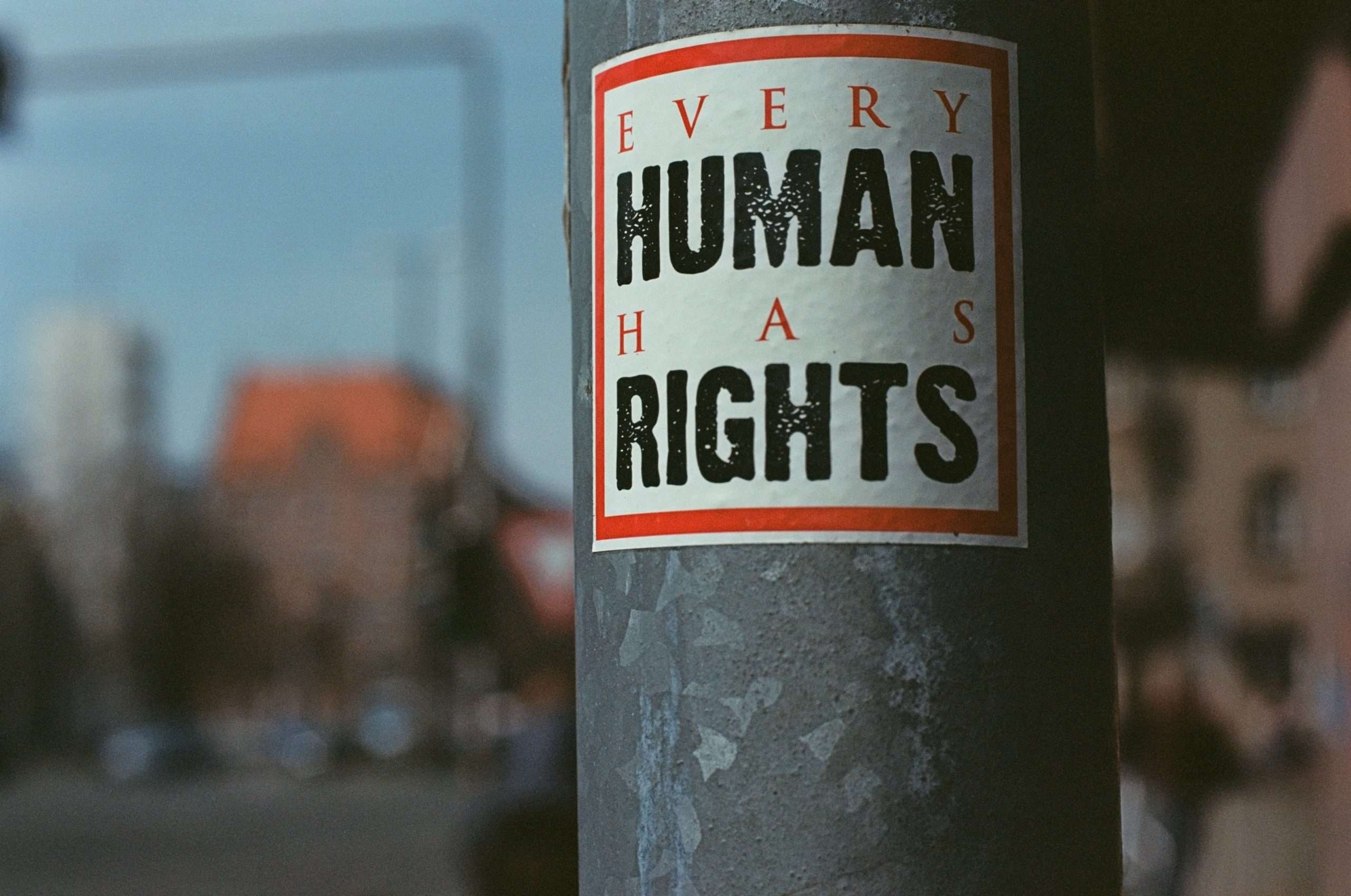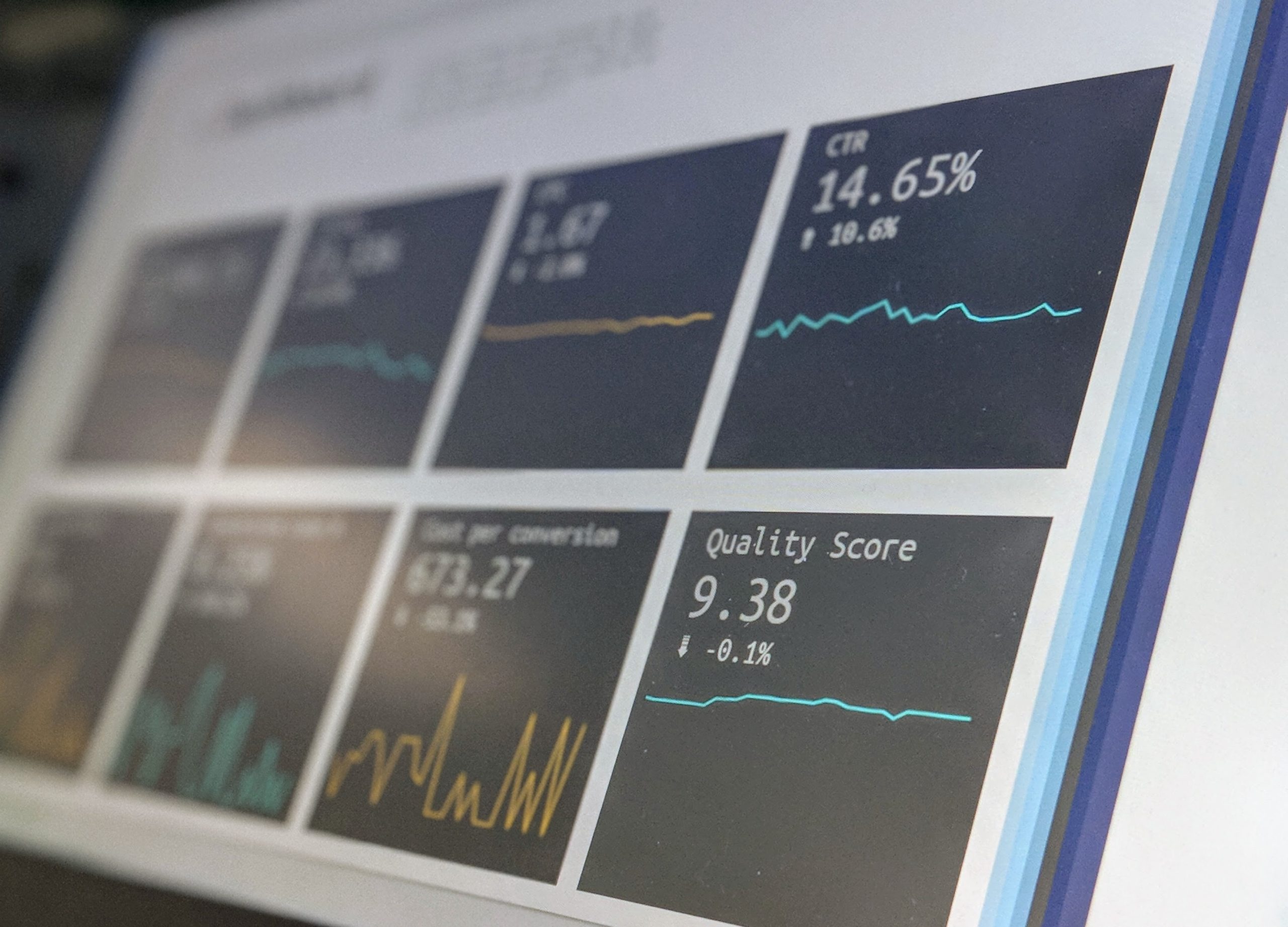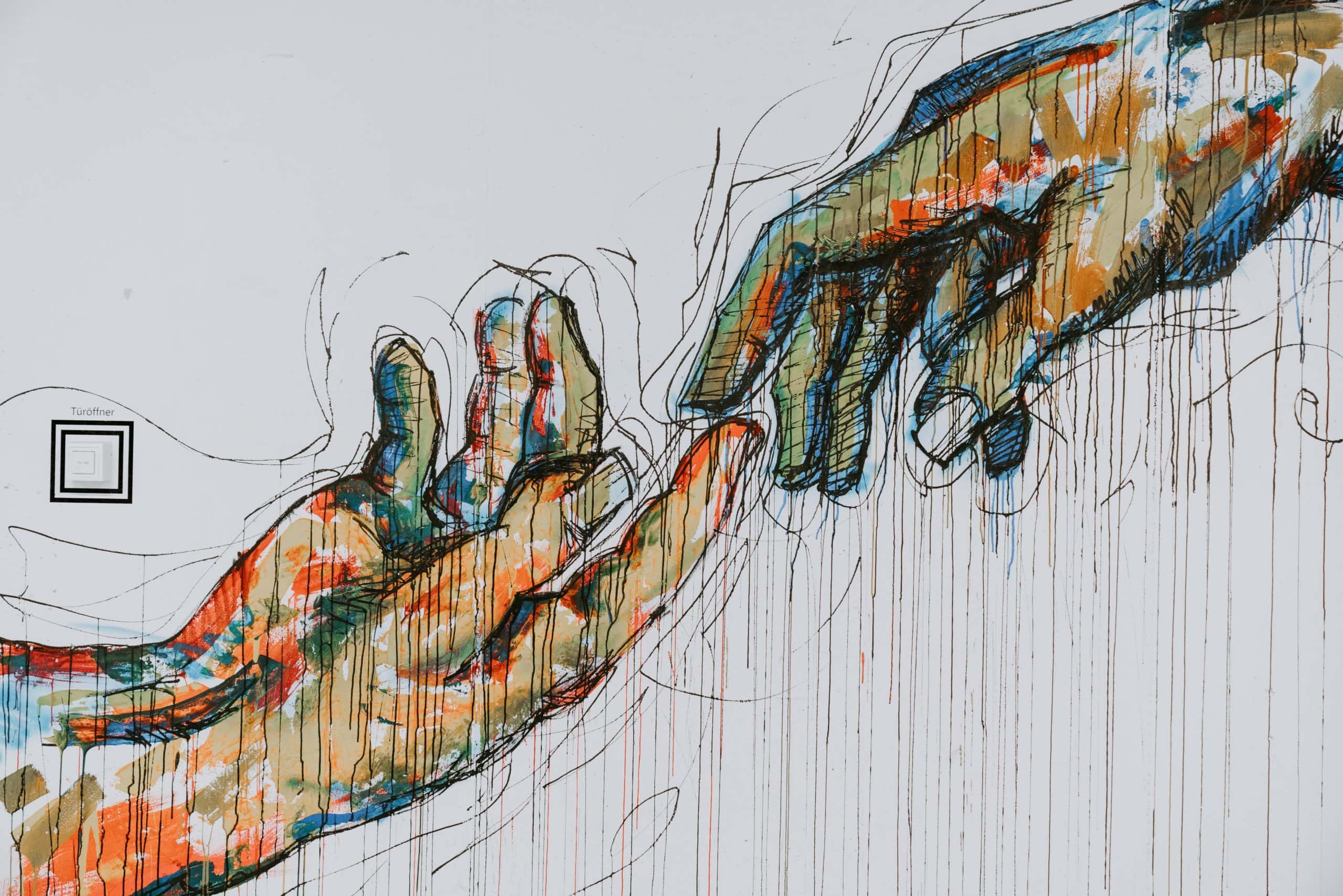Progress is stalled while over 70 per cent of countries score below 50
Berlin, 25 January 2022 – The 2021 Corruption Perceptions Index (CPI) released today by Transparency International shows that corruption levels remain at a standstill worldwide. In Asia Pacific, 77 per cent of countries have declined or made little to no progress in the last 10 years.
The region has made great strides in controlling bribery for basic services and petty corruption, but grand corruption and institutional and regulatory weaknesses hold Asia Pacific back. Some of the region’s, and the world’s, most populous countries – China (45) and India (40) – score poorly, as governments crush dissent and limit human rights. Even high-scoring countries like Australia (73) fuel transnational corruption with lax financial regulations. The COVID-19 pandemic has exacerbated existing issues in 2021 as governments have utilized the COVID-19 pandemic to tighten control and weaken accountability from Singapore (85) to Bangladesh (26) and Cambodia (23).
Ilham Mohamed, Asia Regional Advisor of Transparency International said:
“Peoples across Asia Pacific have led mass movements calling for action against corruption, but little has changed in the last 10 years. Instead populist and autocratic leaders co-opt anti-corruption messaging to stay in power and restrict civil liberties to stop people from taking to the streets. With weakening anti-corruption institutions, or in some cases none at all, the region is failing to uphold human rights and address corruption.”
ASIA PACIFIC HIGHLIGHTS
The CPI ranks 180 countries and territories by their perceived levels of public sector corruption on a scale of zero (highly corrupt) to 100 (very clean).
The Asia Pacific average holds at 45 for the third consecutive year, and over 70 per cent of countries rank below 50.
- New Zealand (88) leads the region and the world, with Singapore (85) and Hong Kong (76) rounding out the Asia Pacific top three.
- North Korea (16), Afghanistan (16) and Cambodia (23) are the lowest in the region.
- Australia (73), Mongolia (35), the Philippines (33) and Thailand (35) are all at historic lows this year.
In the last decade, 24 countries in the region have either declined or made no significant progress.
- Since 2012, Australia (73), Mongolia (35) and the Philippines (33) have significantly declined on the CPI.
- Seven countries in the region have significantly improved their scores over that period: South Korea (62), China (45), Timor-Leste (41), Vietnam (39), Nepal (33), Myanmar (28) and Afghanistan (16).
For each country’s individual score and changes over time, as well as analysis for each region, see the region’s 2021 CPI page.
CORRUPTION, HUMAN RIGHTS AND DEMOCRACY
Only a few countries have been able to make fragile gains in controlling corruption, as severe restrictions on civil liberties – like freedom of association and speech – threaten human rights and allow corruption to spread.
- The Philippines has continued its fall to a score of 33, as President Rodrigo Duterte has cracked down on freedoms of association and expression since his election in 2016. It also has an exceptionally high murder rate of human rights defenders, with 20 killed in 2020.
- South Korea (62) has steadily improved since 2017, gaining 6 points. The democracy features a healthy cross-section of views and regular rotations of power. Under this system of government, human rights are largely respected and civil society remains vibrant.
- While India (40) has remained stagnant on the Index, it is a country to watch. Mechanisms that help reign in corruption are weakening, alongside concerns over the health of democracy and the decay of fundamental freedoms and institutional checks and balances. Journalists and civil society organizations are being targeted for speaking out against the government.
- This is the first time since 2005 that Fiji (55) has appeared on the CPI. Since then, Fiji has undergone a series of significant political events as well as key anti-corruption reforms, but more is needed. Civic space is still obstructed, according to CIVICUS. National laws provide the government with direct oversight of the media and the ability to heavily fine critics, fostering a climate of fear that prevents journalists from exposing corruption.
- Australia (73) is one of the world’s most significant decliners over the last decade, falling by a total of 12 points to hit a historic low this year. Laws and regulations are inadequate across different fields, with no national integrity commission and a lack of adequate lobbying regulations. In addition to domestic corruption, weak anti-money laundering laws allow corruption to spread across the region as Australian-registered businesses operating across the Pacific could take advantage of lax policy.
- Singapore (85) ranks at the top of the region, and China (45) shows a 6-point improvement since 2018. But while both continue to allow violations of human rights, free press and expression, the effective control of corruption is at the cost of fundamental rights that build long-term sustainability. While Chinese President Xi Jinping’s anti-corruption rhetoric and clampdown on brazen forms of corruption that deter economic growth has shown some success, new forms have emerged as high-level powers use their powers to redistribute assets among themselves and other elites. In Singapore, the lack of freedoms means anti-corruption is tied to the political will of the elite and can be easily reversed.
Transparency International calls on governments to act on their anti-corruption and human rights commitments and for people across the globe to join together in demanding change.
Daniel Eriksson, Chief Executive Officer of Transparency International said:
“In authoritarian contexts where control over government, business and the media rests with a few, social movements remain the last check on power. It is the power held by teachers, shopkeepers, students and ordinary people from all walks of life that will ultimately deliver accountability.”
About the Corruption Perceptions Index
Since its inception in 1995, the Corruption Perceptions Index has become the leading global indicator of public sector corruption. The Index scores 180 countries and territories around the world based on perceptions of public sector corruption, using data from 13 external sources, including the World Bank, World Economic Forum, private risk and consulting companies, think tanks and others. The scores reflect the views of experts and business people.
The process for calculating the CPI is regularly reviewed to make sure it is as robust and coherent as possible, most recently by the European Commission’s Joint Research Centre in 2017. All the CPI scores since 2012 are comparable from one year to the next. For more information, see article: The ABCs of the CPI: How the Corruption Perceptions Index is calculated.
Notes to editors
- The media page includes the CPI 2021 report in five languages, as well as the full dataset and methodology, and additional analysis for Asia Pacific. See here: https://www.transparency.org/en/cpi/2021/media-kit
The article was first published here.
Photo by Markus Spiske on Unsplash.

 5.0
5.0 




















